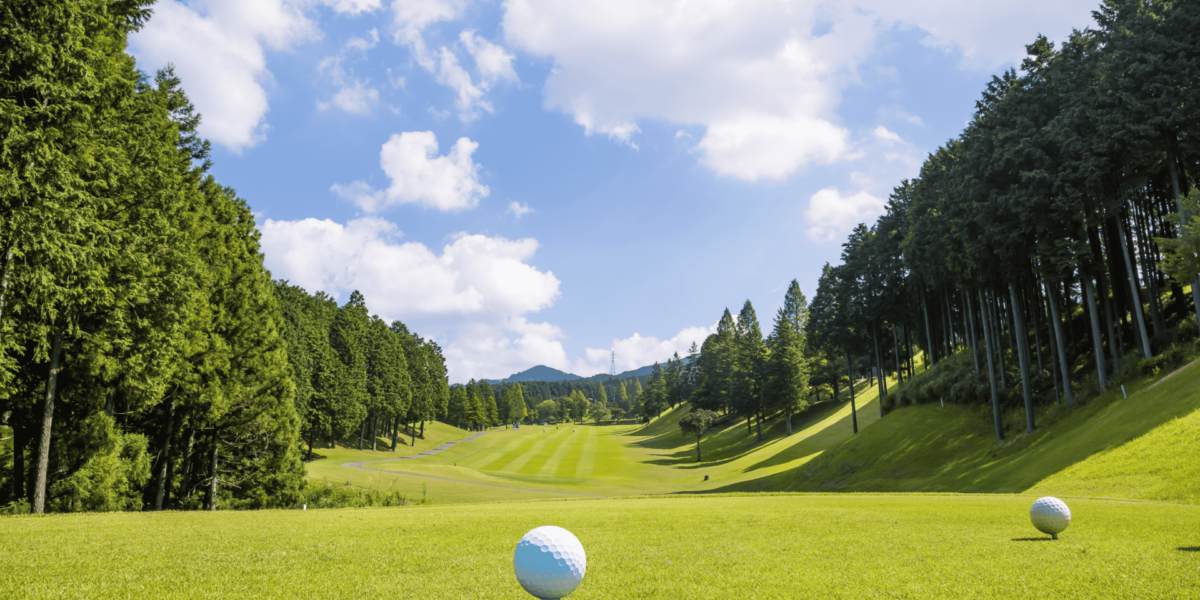The clubhouse at Beaufort Golf Club is more than a place to check in, grab a coffee, or store gear. It stands at the heart of the course—a space where personal stories, shared traditions, and the spirit of the game come together. For both longtime members and first-time visitors, the clubhouse offers a quiet layer of meaning behind every round played.
The Clubhouse Serves as the Gateway to the Course
Every game at Beaufort Golf Club begins at the clubhouse. Before stepping onto the first tee, golfers enter a space that sets the tone for the experience ahead. The design is functional, but it also carries a sense of heritage. Exposed beams, warm wood finishes, and large windows keep the connection to the natural landscape alive, even when indoors.
The atmosphere is quiet and focused in the early morning. Staff prepare for the day, check tee times, and greet players by name. For new guests, the front desk offers a helpful starting point. For members, it’s a familiar rhythm that builds comfort before the first shot is taken.
Conversations Build the Club’s Social Foundation
One of the most important features of the clubhouse is the way it fosters connection. It’s a meeting place where players gather before and after their rounds—not just to talk about scores, but to share updates, ask advice, and reflect on the day.
The mix of voices around the clubhouse tells the story of the club itself. Younger players discuss their progress, while older members recall past tournaments or comment on changes to the greens. These conversations aren’t staged or formal—they unfold naturally in shared spaces like the lounge, terrace, or locker room. This informal exchange creates a sense of belonging and keeps the culture of the club alive.
Meals and Drinks Strengthen the Club’s Daily Rhythm
The bar and restaurant area inside the clubhouse offers more than food. It acts as a central space for relaxation, storytelling, and reflection. Players sit down after a round, order a light meal, and review key moments from the game. The menu features local ingredients, and the service matches the tone of the entire club—simple, consistent, and welcoming.
The shared meal after a round adds structure to the day. It gives players a reason to stay longer, to slow down, and to take stock of their performance. This post-game tradition also introduces space for community building. New friendships often begin here, at the table, where the game ends but the stories begin.
Trophies and Photos Connect the Present to the Past
Inside the clubhouse, displays of trophies, framed photos, and archived memorabilia line the walls. These visual records are not just decoration. They preserve the club’s legacy and remind players that each day on the course is part of something larger.
Photographs from past events, handwritten scorecards, and newspaper clippings show that the course has shaped many lives. These artifacts connect generations of players and anchor the club in a clear timeline. When a current member sees their own name added to a plaque or joins a team photo, they become part of that history.
The Pro Shop Offers More Than Equipment
The pro shop, located near the clubhouse entrance, plays an important role in supporting player development. Golfers visit to ask questions, adjust their gear, or receive advice from staff who know the course well. The shop stocks more than clubs and clothing—it provides insight.
Each visit to the pro shop is a chance to learn something new. Whether asking about weather conditions, choosing the right club for the day, or booking a lesson, players get practical support that improves their game. This personalized service deepens trust and makes the clubhouse a consistent resource, not just a stop along the way.
Lessons and Clinics Strengthen the Club’s Role in Learning
The clubhouse is the organizing point for coaching and training programs offered throughout the season. From junior clinics to private sessions, the club’s instructors guide players of all levels. These programs don’t run in the background—they are fully integrated into the clubhouse experience.
Scheduling, registration, and follow-up all happen inside. Families drop off children for lessons, then wait in the lounge or practice on nearby putting greens. Players review video feedback or performance tips in meeting rooms. This learning loop makes the clubhouse an extension of the course itself—a place where growth happens as often as gameplay.
A Realistic Day Reveals the Clubhouse’s Purpose
Picture a golfer arriving just after sunrise. They walk through the clubhouse, pick up a scorecard, and nod to a familiar face behind the desk. After warming up, they join their group for a round. As the game ends, the players return to the clubhouse for a late lunch. They sit by the window overlooking the course, talking through the day.
Later, one of the players visits the pro shop to schedule a fitting. Another browses the event board near the lounge and signs up for next weekend’s scramble. As the group heads out, they pass a photograph on the wall—one of them taken years ago. This routine is not rare. It’s a daily cycle that ties the game to the community.
The Clubhouse Reflects Beaufort’s Core Values
Beaufort Golf Club doesn’t rely on luxury to define quality. The clubhouse shows this clearly. Its value lies in what it supports—reliable service, thoughtful design, and community engagement. The space isn’t designed to impress at first glance. It’s meant to welcome, support, and last.
Through steady maintenance, responsive staff, and subtle upgrades, the clubhouse stays aligned with the needs of players. It doesn’t distract from the course. It completes it. That balance between purpose and comfort reflects the club’s deeper values—focus, respect for tradition, and connection to place.
Memory and Meaning Live Behind the Walls
The stories shared inside the clubhouse give the game emotional weight. Golf is not just about technique—it’s about moments. Missed putts, long drives, shared laughs, and quiet walks all return to the same place. The clubhouse holds those memories and gives them space to grow.
Whether displayed in photos, replayed in conversation, or held silently by returning visitors, those moments shape how people feel about the course. It’s not just about returning to play—it’s about returning to a place where the game still matters.




